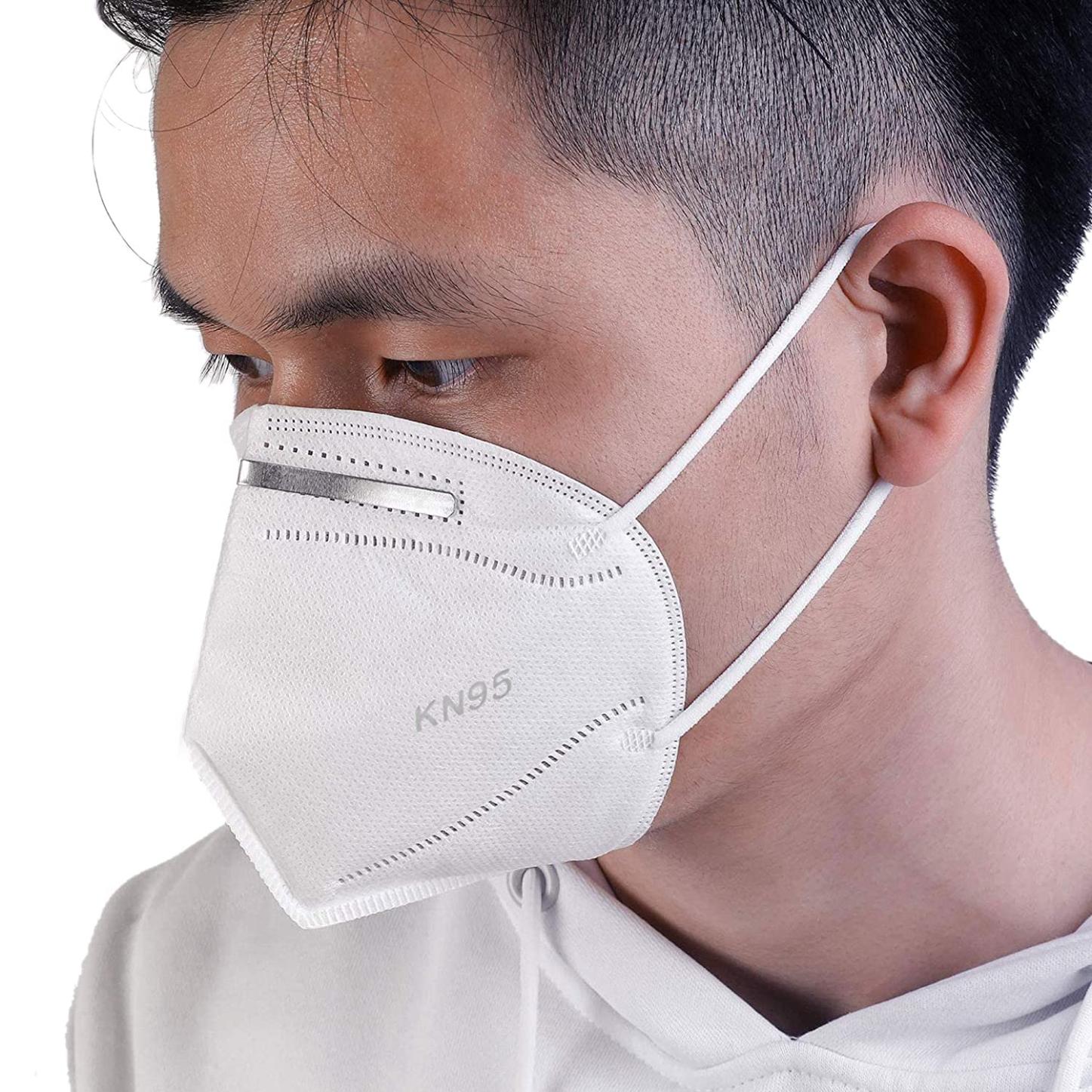N95 Masks: What Are They and How Do They Work?
In the face of public health emergencies like the COVID-19 pandemic, the demand for protective gear, particularly N95 masks, has surged. These masks have become essential in shielding individuals from airborne particles, including bacteria, viruses, and dust. This article delves into the world of N95 masks, exploring their definition, purpose, construction, mechanism of action, benefits, limitations, and proper use.

Definition And Purpose Of N95 Masks:
- N95 masks are respiratory protective devices designed to achieve at least 95% filtration efficiency against particles as small as 0.3 microns.
- They are regulated by the National Institute for Occupational Safety and Health (NIOSH) and must pass rigorous testing to earn NIOSH approval.
Construction And Components Of N95 Masks:
- N95 masks typically consist of multiple layers, including an inner layer that absorbs moisture, a middle filtration layer, and an outer layer that repels fluids.
- The filtration layer is made of a non-woven material, often polypropylene, which traps particles through a combination of mechanisms, including mechanical filtration, electrostatic attraction, and diffusion.
Mechanism Of Action:
- N95 masks work by creating a physical barrier between the wearer and the surrounding environment.
- When inhaled air passes through the mask, particles are trapped within the filtration layer, preventing them from reaching the wearer's respiratory system.
Benefits And Limitations Of N95 Masks:
- N95 masks are highly effective in reducing exposure to airborne particles, including viruses and bacteria, making them crucial in protecting individuals during public health emergencies.
- However, N95 masks can be uncomfortable to wear for extended periods, and they may not fit all face shapes perfectly, potentially reducing their effectiveness.
Proper Use And Maintenance Of N95 Masks:
- To ensure maximum protection, N95 masks must be worn properly, covering the nose, mouth, and chin snugly.
- It is essential to maintain a tight seal between the mask and the wearer's face, as gaps can allow particles to enter.
- N95 masks should be replaced regularly, typically after each use or after becoming soiled or damaged.
Applications And Settings For N95 Masks:
- N95 masks are commonly used in healthcare facilities, construction sites, industrial environments, and during public health emergencies.
- Specific guidelines and regulations govern the use of N95 masks in different contexts, and it is crucial to follow these guidelines to ensure proper protection.
N95 masks play a vital role in protecting individuals from airborne hazards, particularly during public health emergencies. Understanding their definition, purpose, construction, mechanism of action, benefits, limitations, and proper use is essential for maximizing their effectiveness. By following guidelines and regulations, individuals can utilize N95 masks effectively to safeguard their health and well-being.
YesNo

Leave a Reply